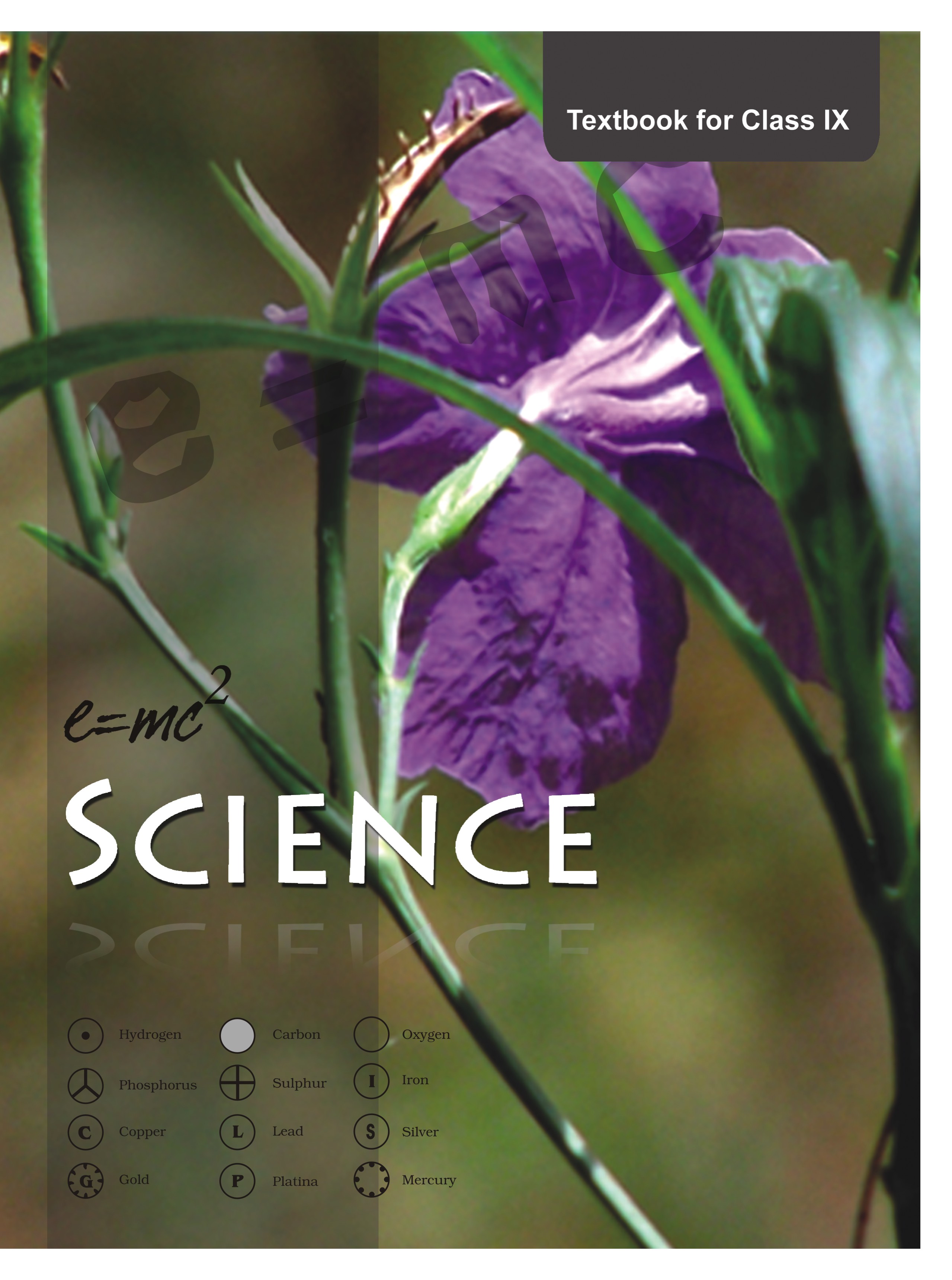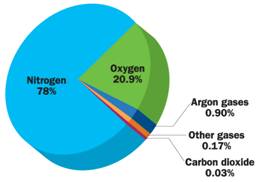CBSE class 9 Science Chapter 14 Natural Resources notes in PDF are available for free download in myCBSEguide mobile app. The best app for CBSE students now provides class 9 Notes latest chapter wise notes for quick preparation of CBSE exams and school based annual examinations. Natural Resources class 9 Notes Science Chapter 14 are also available for download in mycbseguide website.
CBSE Class 9 Science Revision Notes Chapter 14 Natural resources
CBSE guide notes are the comprehensive notes which covers the latest syllabus of CBSE and NCERT. It includes all the topics given in NCERT class 9 Science text book. Users can download CBSE guide quick revision notes from myCBSEguide mobile app and my CBSE guide website.
Revision Notes for Class 9 Science Download as PDF

Natural Resources class 9 Notes Science
1. The” Biosphere” is the life supporting zone of the earth with three sub-zones called as lithosphere (rock part), atmosphere (air part) and hydrosphere (water part). Breath of air
2. Composition of Air

3. The interactions between different components of the Biosphere to maintain the balance between the biotic and a biotic component makes “Biogeochemical cycle”. Ex. Water Cycle, Nitrogen Cycle, Carbon cycle, Oxygen Cycle,
4. Role of atmosphere in climate control : atmosphere act as protective blanket for the earth. Since atmosphere is a bad conductor of heat, it keeps the average temperature of the earth constant. At night, it slows down the escape of heat into outer space.
5. The movement of air :
the atmosphere gets heated from the solar radiation that is reflected back by the land or water bodies. As a result of heating, convection currents are set up in the air. Since land gets heated faster than water, the air over land gets heated faster than air above water bodies.
6. In coastal regions, during the day, the air above the land gets heated faster and starts rising. So a region of low pressure is created and air over sea moves into this area of low pressure. The movement of air from one region to the other region causes Wind.
7. During the day, the direction of wind would be from the sea to the land and at night, both land and sea starts to cool. Since water cools down slower than the land, the air above water would be warmer than air above land, thus the direction of wind would be from the land to the sea.
8. Air pollution : it is an undesirable change in the physical, chemical or biological characteristics. It is caused due to an increase in the content of harmful substances (pollutant) such as oxides of nitrogen and sulphur, etc.
9. Harmful effect of air pollution :
- It affects the respiratory system causing breathing difficulties eg; bronchitis, asthma, lung cancer, tuberculosis, etc.
- Burning of fossil fuels like coal and petroleum releases oxides of nitrogen and sulphur. Inhalation of these gases is dangerous.
- Combustion of fossil fuel also increases the amount of suspended particles in air. The presence of high levels of all these pollutants, reduce visibility in cold weather where water also condenses out of air forming smog.
- Acid rain formed from the gases like sulphur dioxide and nitrogen oxides present in polluted air. It causes damage to living and non- living thing.
3. The Water Cycle:
a) The process in which water evaporates and falls on the land as rain and later flows back into the sea via rivers is known as the “Water Cycle”. Water flows through rocks containing soluble minerals, some of them get dissolved in the water. Thus the rivers carry many nutrients from the land to sea and these are used by the marine organisms.
b) When the water vapors condense as water droplets and grow big and heavy, they fall down in the form of “rain”. It ranges from 5 cm to 200 cm of rain fall in a year in ourcountry. In large parts of India, rains are mostly brought by the south-west or north-east monsoons. Depressions in the Bay of Bengal may also cause rains in some areas.
c) Water is a wonder liquid because all cellular processes take place in a water medium; substances are transported in a dissolved form; terrestrial forms require fresh water to maintain the equilibrium of salts; major resource to determine the life on the earth.
d) The dissolved fertilizers (NPK fertilizers), pesticides (DDT), sewage (Disease causing Organisms), waste from factories (Mercury) and water released from the dams can affect the life forms on the earth. The dissolved Oxygen is being used by the animals and plants that live in water, would adversely affect the aquatic organisms. The change in temperature would be dangerous for the eggs and larvae of the various animals particularly susceptible to temperature changes. It leads to “water pollution”.
4. Nitrogen Cycle:
a) The nitrogen gas makes up 78% of our atmosphere. It is essential for the synthesis of proteins, DNA, RNA, urea, alkaloids and Vitamins.
b) The simple molecular nitrogen from the atmosphere is converted into more complex molecules in the living beings and back again to atmosphere is called “Nitrogen Cycle”.
i) Nitrogen fixation by Lightening: During lightning, the molecular nitrogen is converted into oxides of nitrogen and dissolves in water to give nitric and nitrous acids and fall on lands along with rains. These are then utilized by various life forms.
ii) Nitrogen fixation by Bacteria: The molecular nitrogen is converted into nitrates and nitrites, by free living bacteria or the bacteria present in the root nodules of legumes.
iii) The conversion of molecular nitrogen into nitrates and nitrites is called as” Nitrification”. Plants generally covert them into amino acids. The conversion of nitrates and nitrates into Ammonia is called as”
Ammonification”. The conversion of Ammonia into molecular Nitrogen is called as” Denitrification”. Thereby nitrates and nitrites are converted into molecular or elemental nitrogen in the nature.
5. The Carbon cycle:
i) The Carbon dioxide gas makes up 0.039 % of our atmosphere. Carbon occurs in the elemental form as diamonds and graphite in earth. Carbon is essential for the synthesis of proteins, carbohydrates, fats, nucleic acids and Vitamins in living organisms.
ii) The Carbon dioxide Fixation: Green plants convert Carbon dioxide into glucose in the presence of sunlight through Photosynthesis. The glucose molecules are converted into other biologically important molecules. And many marine animals use carbonates dissolved in sea water to make shells, exoskeletons.
iii) The combustion: The Carbon dioxide in the atmosphere is added by the process of combustion, where fuels are burnt to provide energy for various needs like heating, cooking, transportation, and industrial process.
iv) The Greenhouse Effect: The percentage of Carbon dioxide in the atmosphere is said to have doubled since the industrial revolution when human beings stated burning fossil fuels on a very large scale. The Carbon dioxide is a greenhouse gas. The increase in the Carbon dioxide content would cause more heat to be retained by the atmosphere and lead to Global Warming. It is called” Greenhouse Effect”.
6 .Oxygen Cycle:
i) The Oxygen gas makes up 21 % of our atmosphere. Oxygen is essential component of proteins, carbohydrates, fats, nucleic acids in living organisms.
ii) Oxygen from our atmosphere is used up in three processes, namely combustion, respiration and in the formation of oxides of nitrogen. Oxygen is returned to the atmosphere in only one major process, that is, Photosynthesis, it is called as Oxygen Cycle.
iii) The air is heated faster than water; the air over land would also be heated faster than the air over water bodies. The movement of air from one region to the other creates winds, during the day the direction of the wind would be from the sea to land. At night, both land and sea start to cool.
iv) The oxides of nitrogen and sulphur gases dissolve in rain to gives rise to “Acid rains”. The smog is a visible indication of Air Pollution. The pollutants bring respiratory, cardiac problems and allergies. The organisms called Lichens are found on the bark of trees, they are indicators of pollution free environment. Three atoms of Oxygen ( O3) is called as Ozone. The Ozone is poisonous but absorbs harmful radiations from the Sun. The Ozone layer around the earth, if, dwindles further may cause Health hazards including Cancers . Recently discovered the Ozone hole; in the region of Antarctica.
CBSE Class 9 Revision Notes and Key Points
Natural Resources class 9 Notes . CBSE quick revision note for Class 9 Science, Chemistry, Maths, Biology and other subject are very helpful to revise the whole syllabus during exam days. The revision notes covers all important formulas and concepts given in the chapter. Even if you wish to have an overview of a chapter, quick revision notes are here to do if for you. These notes will certainly save your time during stressful exam days.
To download Natural Resources class 9 Notes Science, sample paper for class 9 Mathematics, Social Science, Science, English ; do check myCBSEguide app or website. myCBSEguide provides sample papers with solution, test papers for chapter-wise practice, NCERT solutions, NCERT Exemplar solutions, quick revision notes for ready reference, CBSE guess papers and CBSE important question papers. Sample Paper all are made available through the best app for CBSE students and myCBSEguide website.
- Matter in Our Surrounding class 9 Notes Science
- Is Matter around Us Pure class 9 Notes Science
- Atoms and Molecules class 9 Notes Science
- Structure of the Atoms class 9 Notes Science
- The Fundamental Unit of Life class 9 Notes Science
- Tissues class 9 Notes Science
- Diversity in Living Organisms class 9 Notes Science
- Motion class 9 Notes Science
- Forces and Laws of Motion class 9 Notes Science
- Gravitation class 9 Notes Science
- Work and Energy class 9 Notes Science
- Sound class 9 Notes Science
- Why Do We Fall ill class 9 Notes Science
- Improvement in Food Resources class 9 Notes Science

Test Generator
Create question paper PDF and online tests with your own name & logo in minutes.
Create Now
Learn8 App
Practice unlimited questions for Entrance tests & government job exams at ₹99 only
Install Now